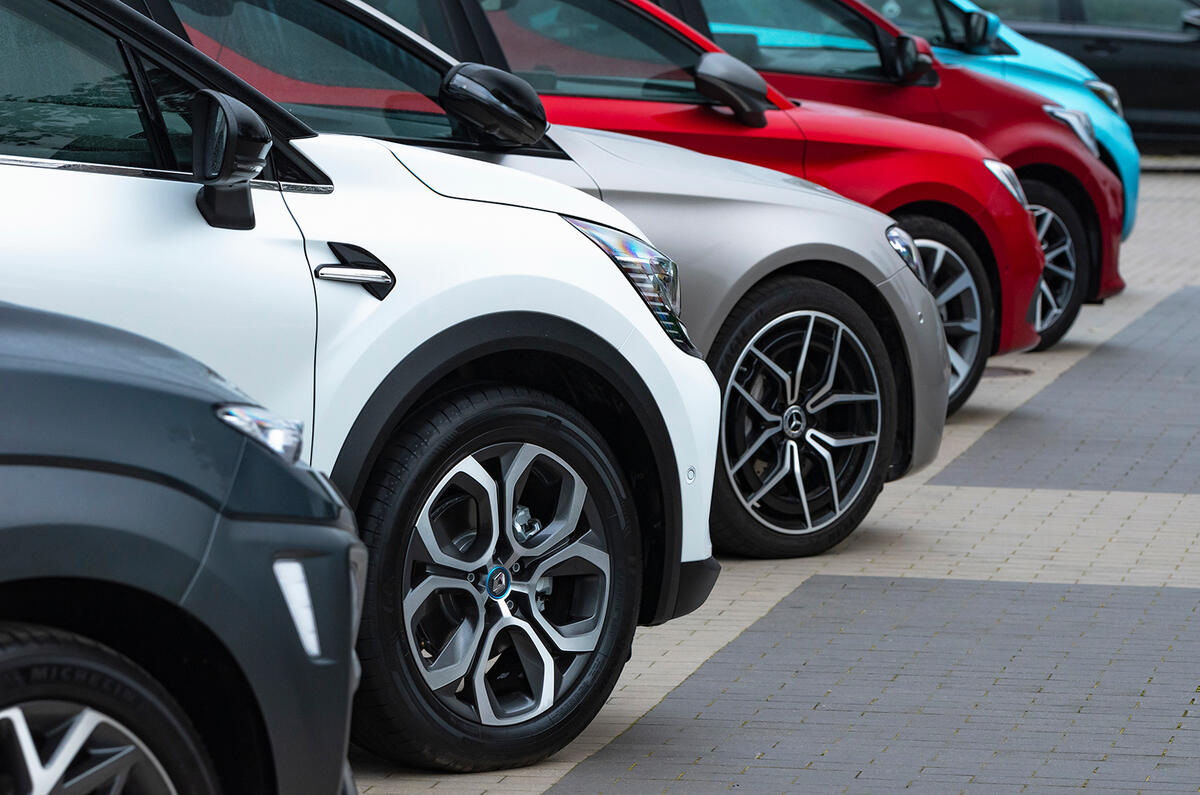The UK used car market has gone through some challenging months – and one particular point of concern has been the values of used electric cars. In late 2022, values plunged (and leads dipped) thanks to hiked energy prices, lack of government-backed used car incentives and – even against the backdrop of falling values – comparatively high prices against diesel and petrol equivalents.
However, data in heycar’s Q2 2023 Headlights report suggests that the tide could finally be turning for used EVs: average prices on heycar jumped 4% between April and June, and leads skyrocketed 67% during the first half of the year. For discerning dealerships, this means that investing in used EV stock could be a smart move heading into the second half of 2023.



Add your comment